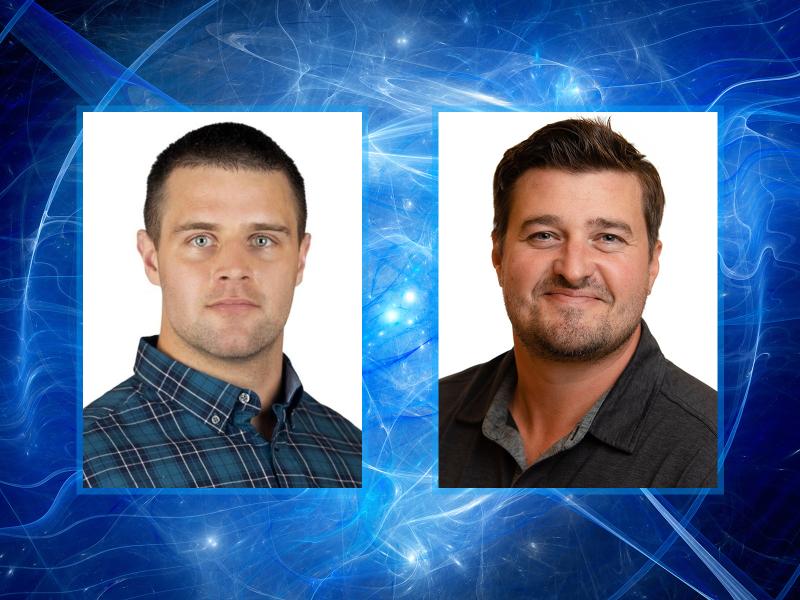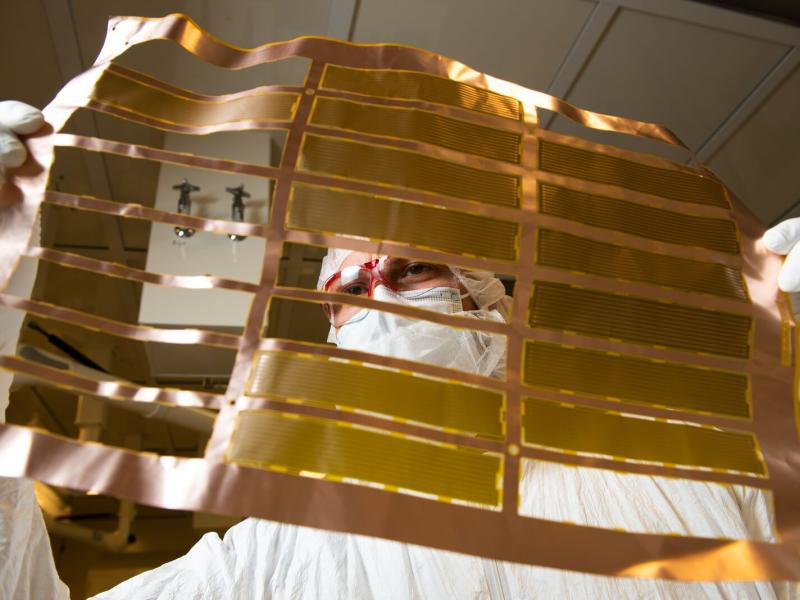
Dark Matter
Dark Matter
PNNL is part of multiple
efforts to detect the
long-sought particles
PNNL is part of multiple
efforts to detect the
long-sought particles
A super cryogenic dark matter detector. Direct detection of dark matter remains elusive, even when dark matter is hypothesized to account for approximately 85 percent of the total mass in the universe. Dark matter can’t be seen directly with observational telescopes, though the gravitational influence dark matter has on stars and galaxies reveals its presence. Scientists at PNNL have been searching for the mysterious matter for more than 25 years.
Physicists are quite literally in the dark about most of the universe. There is more matter in the universe than we can see—nearly 5 times more. Visible matter only accounts for a small fraction, about 4%, of the universe. The other 96% is composed of so-called dark energy (~73%) and dark matter (~23%).
Astronomers and astrophysicists have long grappled with gravity’s unexplained effects on galaxies, such as galaxy rotational velocity curves and gravitational lensing. These and other types of physical evidence have led to the search for dark matter, which has been ranked as among the most important mission goals of the Department of Energy’s High Energy Physics (HEP) program. Decades of searching have yet to yield dark matter signals. Responding to the need to expand that search, the HEP program initiated a second-generation search that both deepens and broadens the search horizon. PNNL scientists are involved in both aspects of this expanded search.
Axions and WIMPS
One dark matter candidate is the axion, a light, electrically neutral hypothetical particle. It’s at the center of the Axion Dark Matter Experiment (ADMX), which aims to convert axions into microwave photons using a strong magnet. Axions are thought to interact with matter in a way that may be detected using an axion haloscope, which is designed to convert dark matter axions to detectable microwave photons using a strong magnetic field.
Weakly interacting massive particles (WIMPs) would be detected when they bounce off a liquid or solid-state detector such as a silicon crystal. In the search for WIMPS, PNNL scientists contribute to the SuperCDMS (Cryogenic Dark Matter Search) Collaboration, an international research effort based on experiments that deploy detectors highly sensitive to ionization and phonon signals from collisions of dark matter with atomic nuclei in silicon and germanium crystals.

